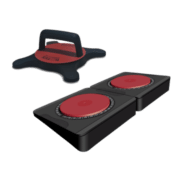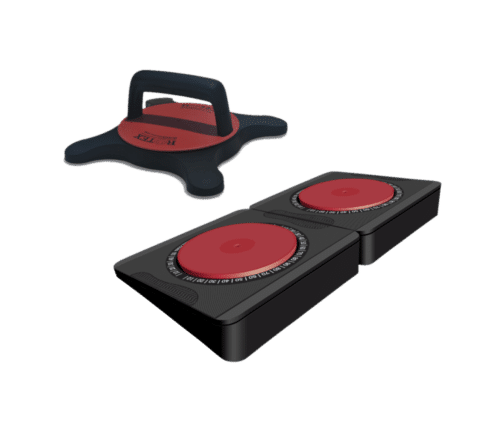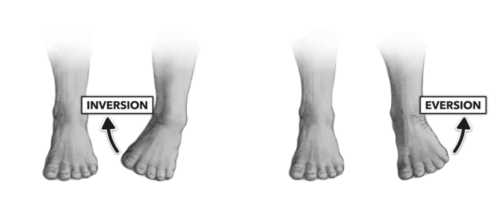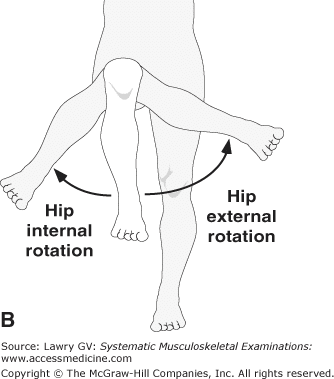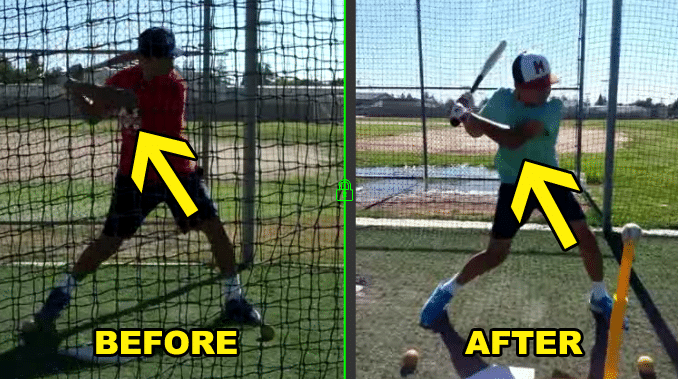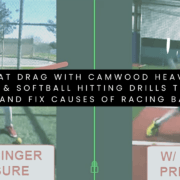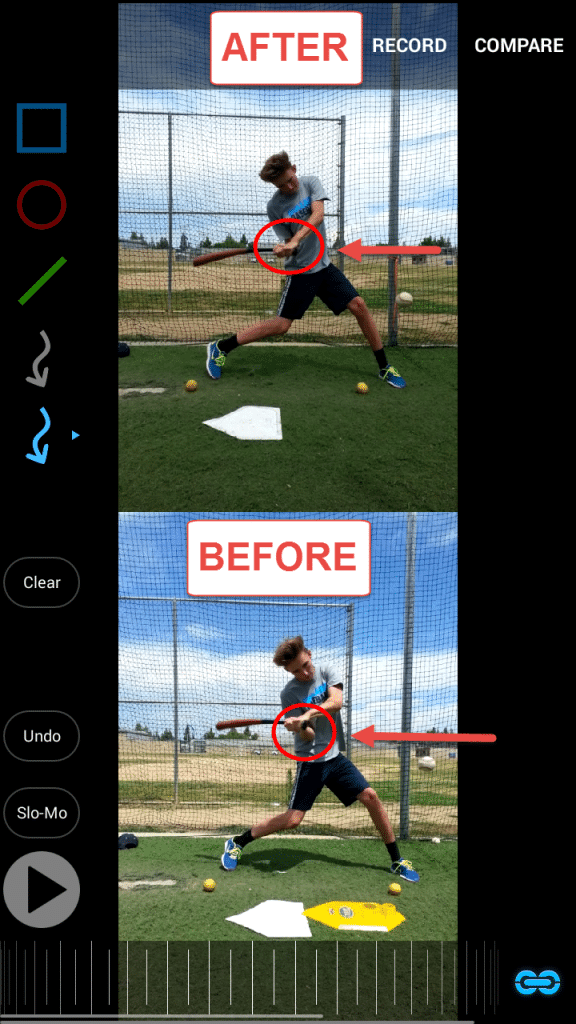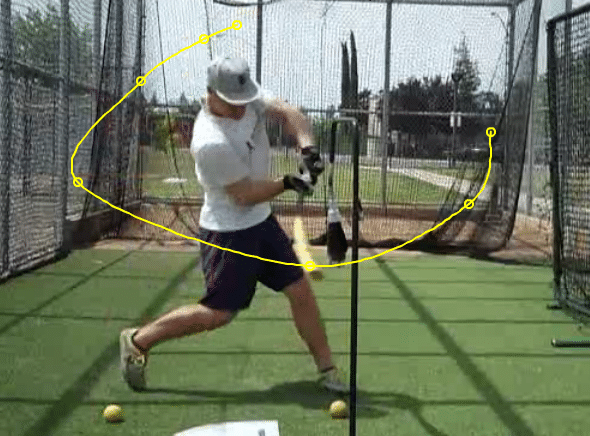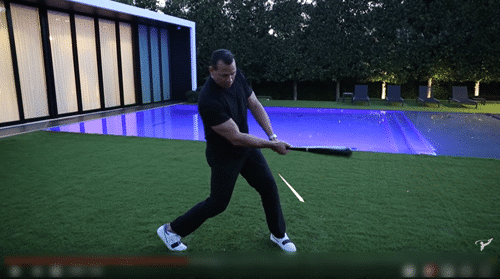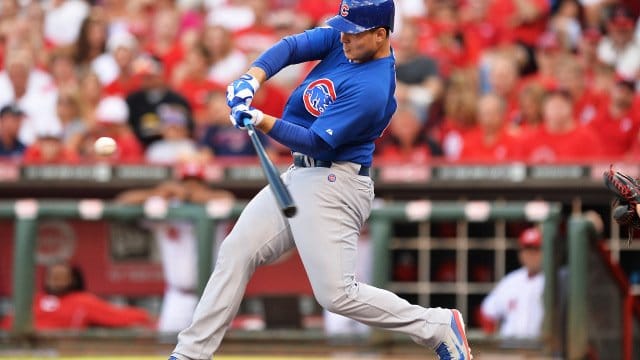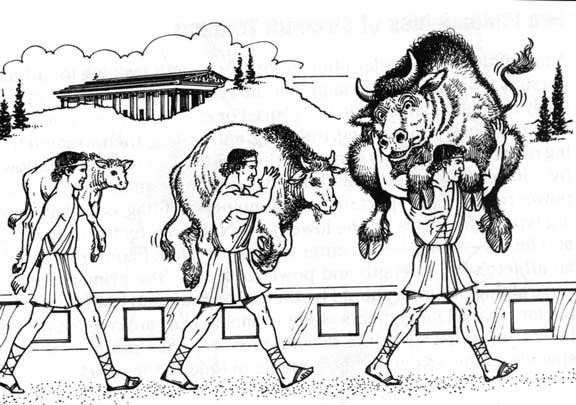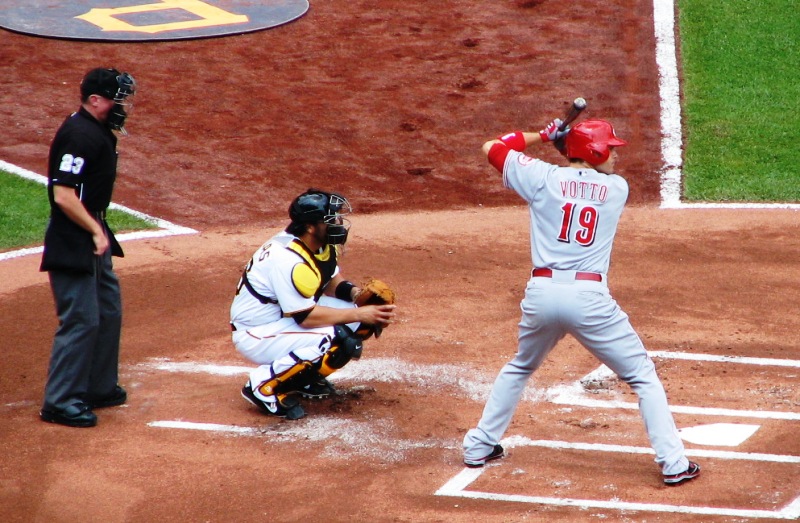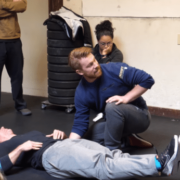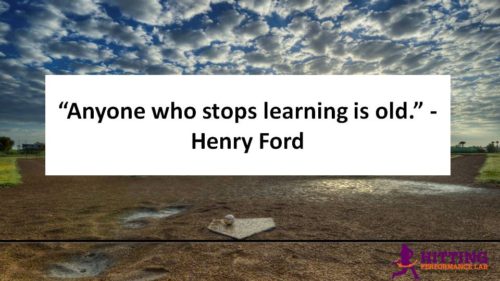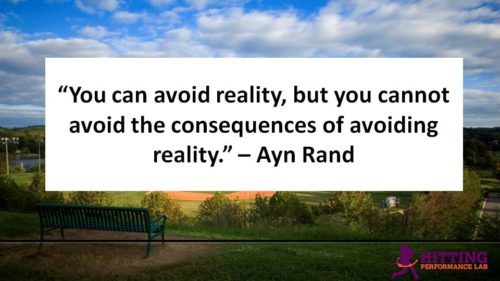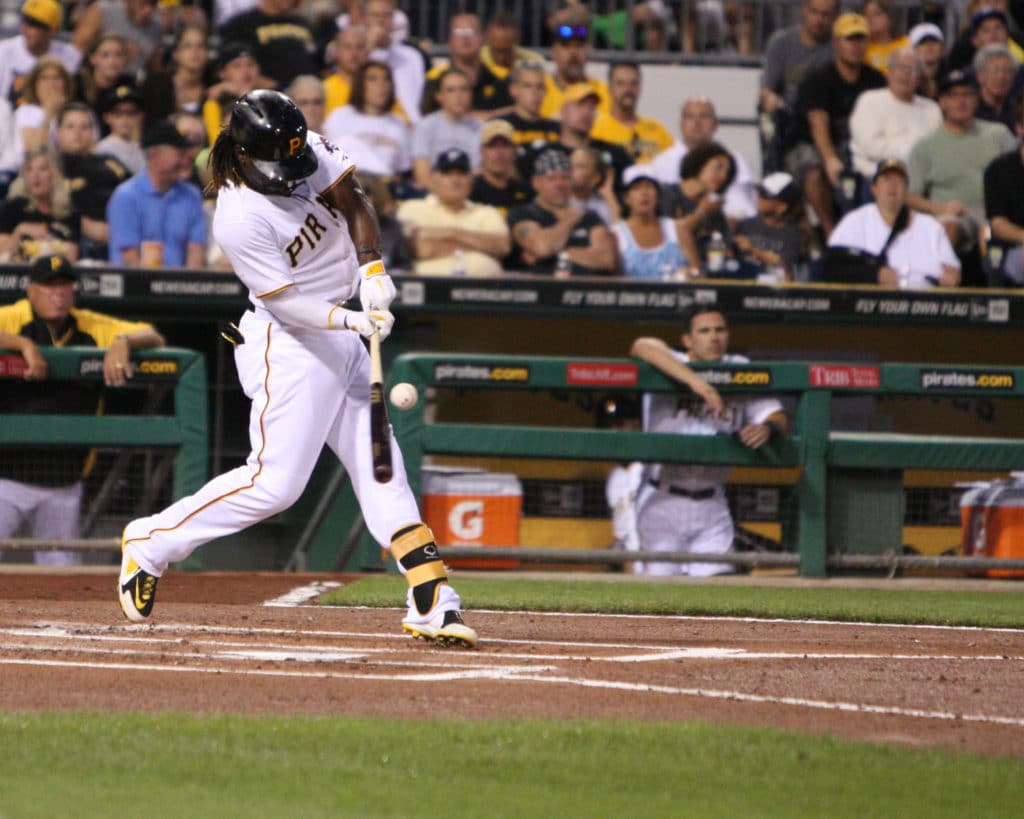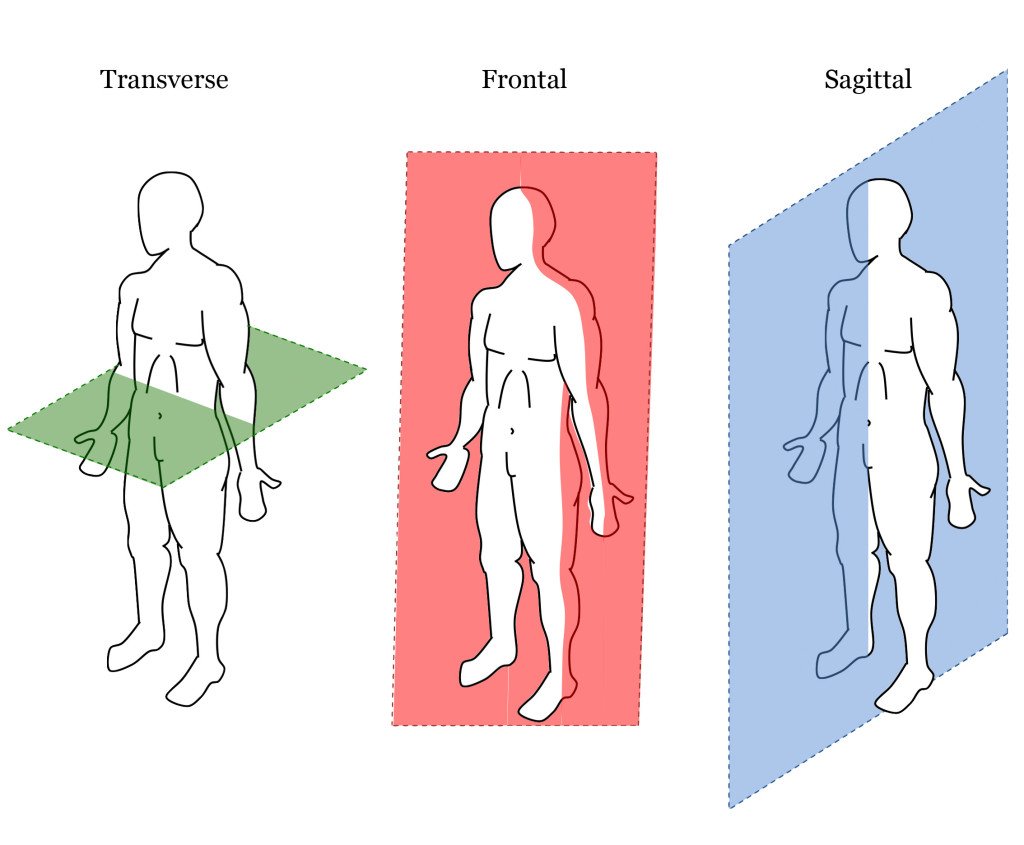Discover swing performance training exercises review of Rotex Motion floor models for sale in Fresno and Clovis, CA. Big benefits for baseball and softball players, pitchers, and golf athletes. Learn how to improve hip and shoulder mobility, core stability, flexibility stretches, and thoracic extension for hitting.
You Too Can Experience More Flexibility & Better Movement Patterns In 5 Minutes A Day With Rotex Motion
Since this COVID-19 thing, we’ve been busy with a Rotex Motion movement experiment. The system has been on my radar for a little over a year. And it was developed by ex-Navy Seal Dr. Joe LaCaze, who’s also a Chiropractor. By the way, he understands the spinal engine and springy fascia. Always a good sign.
I’ve been testing myself and some of my players using the Rotex Motion movement system. And I have an excel spreadsheet to share with you. But before I get to the results, let me explain the phases of the Rotex Motion experiment:
- Week #1 on myself: Hip Internal/External Rotation
- Week #2 on myself and my wife: Ankle Dorsiflexion
- Week #3 on myself: Seated Trunk Rotation
- Next 4-weeks on my players: Ankle Dorsiflexion
- Next 4-weeks on my players: Seated Trunk Rotation (this is ongoing)
In this Rotex Motion post, we’ll cover:
- Highlights from my movement experiments using Rotex Motion…
- What happened to Ball Exit Speeds, downloading swing mechanics, & hitter feels…
- And next steps to get started using Rotex Motion movement systems…
SCIENCE-BASED TRAINING:
Improve your hitting strategy dramatically by applying human movement principles.
Learn not only how and what to train but also the science behind the methods.
Highlights from my movement experiments using Rotex Motion
CLICK HERE to download the excel spreadsheet, so you can follow along. Here are some highlights:
- PLEASE NOTE: I was getting used to the BodyROM app with the Active Hip, got better with Passive Ankle Dorsiflexion measurements, and finally have a handle on the Seated Rotational measurement.
- Also NOTE: My right hip and ankle were injured during my time in college on two separate occasions, so you’ll see how Rotex Motion really made a difference there.
- After one week: Internal hip rotation on my right side significantly improved by 21-degrees! And the left improved by 8-degrees. 26/29 degrees afterwards – almost balanced. Before, my right side internal hip rotation was REALLY restricted.
- After one week: Ankle Dorsiflexion on right side improved by 24-degrees! This may have been a little human error with the measurement. Left side improved by 9-degrees. Even if right improved as much as left – to 26-degrees – it still would’ve had a 12-degree jump!
- After one session: my wife’s Ankle Dorsiflexion improved by 9-degrees on her right, and 13-degrees on her left. Btw, she has a bum right ankle as well.
- After one week: my rotation to the right significantly improved by 24-degrees, and my left by 26-degrees! 105/103 respectively, now they’re virtually balanced.
- For my players, after 4-weeks doing “Foot, Ankle, Calf” exercises one time or less per week didn’t see a big change in range of motion, but did see a balancing of the ankle.

Photo courtesy: Crossfit.com
- For my players, after 4-weeks doing “Foot, Ankle, Calf” exercises two times per week improved in a range of 4-10 degrees on the right ankle, and 4-6 degrees on the left. Also, they had a great balancing effect of the ankle, which I think is even more important.
What happened to Ball Exit Speeds, downloading swing mechanics, & hitter feels
That’s great, improved range of motion and a balancing of the ankle…so what?! How did it affect “hitters”? Here are the observations I found within the four weeks of dorsiflexion with my hitters ranging in age from 10-years-old to High School seniors. Specifically, this group is mostly made up of High Schoolers…
- Keep in mind, our weather in California at the time was moderate, 65-70 degrees. Not super hot, so ball wasn’t flying more than usual.
- Getting into certain hitting positions like Ankle eversion (keeping back foot sideways), think about turning inside of foot down and outside part up.
- About 30-40% of the guys broke their highest ball exit speed, or was consistently high with them. In other words, their numbers weren’t jumping, but stabilized.
- They frequently said things like: “I feel more stable”, “I have a better connection to ground”, “My swing feels easier”.
Next steps to get started using Rotex Motion movement systems
Here are the steps to getting started:
- Invest in Rotex Motion system at the TheStartingLineupStore.com (range in price from $149 to $529*),

- Download BodyROM app on android or iphone (one-time $4 fee),
- Once you get the system, then CLICK HERE and follow instructions on how to use the BodyROM app to measure (you won’t be good at first, so practice, practice, practice),
- Of those BodyROM videos, start with the first one, Ankle Dorsiflexion Measurement, & Torso Rotation Measurement
- For direction on where to start with the exercises (this would of course depend on what package you invest in), go CLICK HERE and click the “Foot, Ankle, Calf” first.
- Follow the “Foot, Ankle, Calf” exercises 2 times per day (morning and evening), everyday, for one week. These exercises take me 3-minutes to complete. Measure again to get the after.
- After week #1, I’d click the “Rotational Performance” link on the same exercise training page, and do those once or twice per day, everyday for one week. These exercises take me 5-mins to complete. Measure again to get the after.
- If you invest in the handheld only, then I’d click the “Handheld Exercises Only”, and pick out 3-5 exercises, do them 1-2 times per day, everyday, for a week. The exercises you group together should revolve around the same joint, then measure that joint using the BodyROM app, and you’re off to the races!
- Any other questions, then please let me know.

